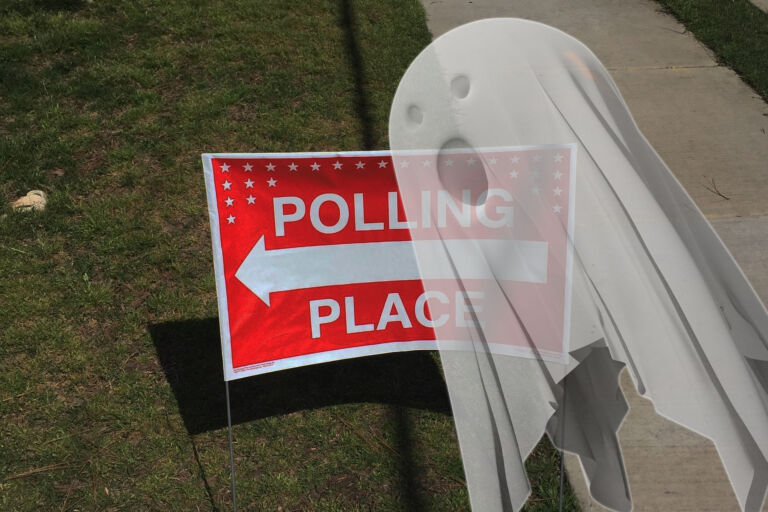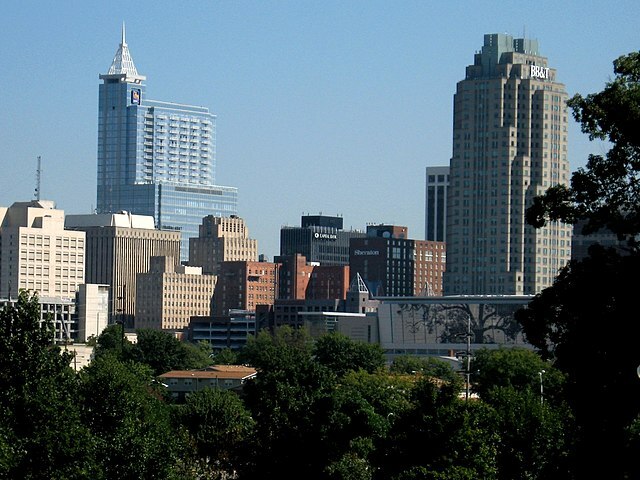There is more evidence that small cities and towns in the Triangle will grow while Raleigh will continue to stagnate.
As reported in an earlier newsletter, Raleigh’s population density has fallen dramatically since 1950.
Recently released U.S. Census Bureau data show that Raleigh’s population density in 1950 was three times greater than its current population density.
Raleigh Population Density
Year Population Area Density
(Square Mile) (Population/square mile)
1950 69,000 12 5750
1960 94,000 34 2765
1970 152,000 71 2141
1980 205,000 99 2070
1990 306,000 176 1739
2000 541,000 320 1691
2010 885,000 518 1708
Now comes Joel Kotkin with further evidence that Raleigh, and Charlotte for that matter, may have peaked, and suburban and rural parts of the state may be the real growth and job creation areas.
The demographic trends of the past decade show that Raleigh and Charlotte planners have it exactly wrong. People are not yearning to live in high-rise, tenement-style condos and apartments downtown. They are not moving to large mega-cities where they ride around on light rail.
Instead, they are moving to small cities with less than 1 million people. Furthermore, the data show that they want to live in single-family homes and like the convenience of, in Kotkin’s words, "the greatest scourge of the urbanist creed: the private car."
The Data
Contrary to the attempts to force densification on Raleigh residents by the new comprehensive plan, polling shows that 80 percent of Americans prefer a detached, single-family home and only about seven percent want to live in high-rise, tenement-style condos and apartments. And this is true for both retiring boomers and the 20 and 30 something millennials.
Additionally, small urban areas with less than a million people saw the most population growth in recent years. Sixty percent of all urban growth over the last 10 years was in these small towns, and they also created the most jobs. Forbes’s survey of Best Cities for Jobs shows that cities with less than one million accounted for 27 of the 30 urban areas that were adding jobs at the fastest rates. Even the largest of these 30 areas — Austin, Houston, and Salt Lake City — have highly dispersed populations. Raleigh and Charlotte are following similar dispersed growth patterns because that is what the vast majority of people prefer.
But that is exactly what Triangle planners fear and are working day and night to prevent. The fanatical push for rail transit and transit-oriented development by Triangle planners shows that they really don’t care what 80 percent of the people want. They have an ideological agenda and they are willing to use biased and distorted information to get elected officials to approve their plans. I see no evidence that planners have presented these recent demographic trends and polling results to city and town council members in the Triangle.
Our democratic political system is based on professional civil servants who live up to high standards of professional ethics. They are required by their code of ethics to fully inform elected officials of all aspects of policy issues including all relevant data, trends, and public opinion. It is impossible to review the information prepared by Triangle planners and conclude that they have lived up to these high standards of professional ethics.
It is a shame that elected officials in the Triangle don’t demand more from the civil servants who advise them on important public policies.
Click here for the Local Government Update archive.


